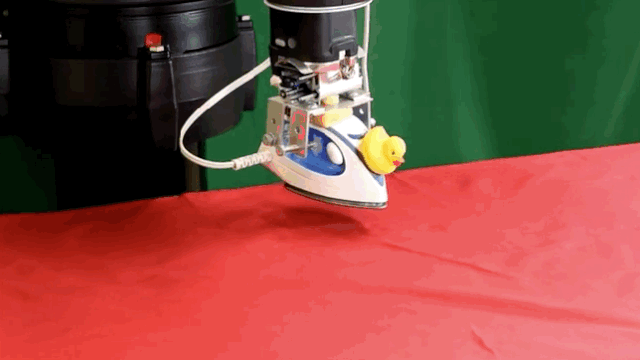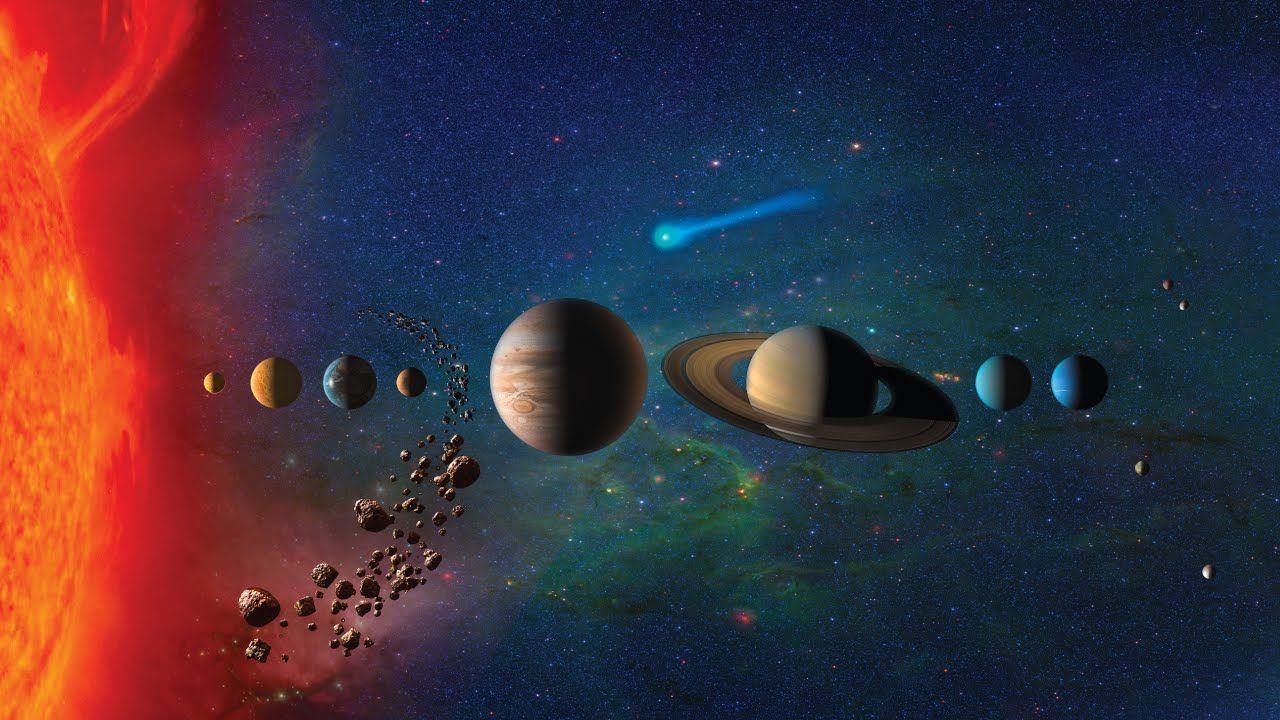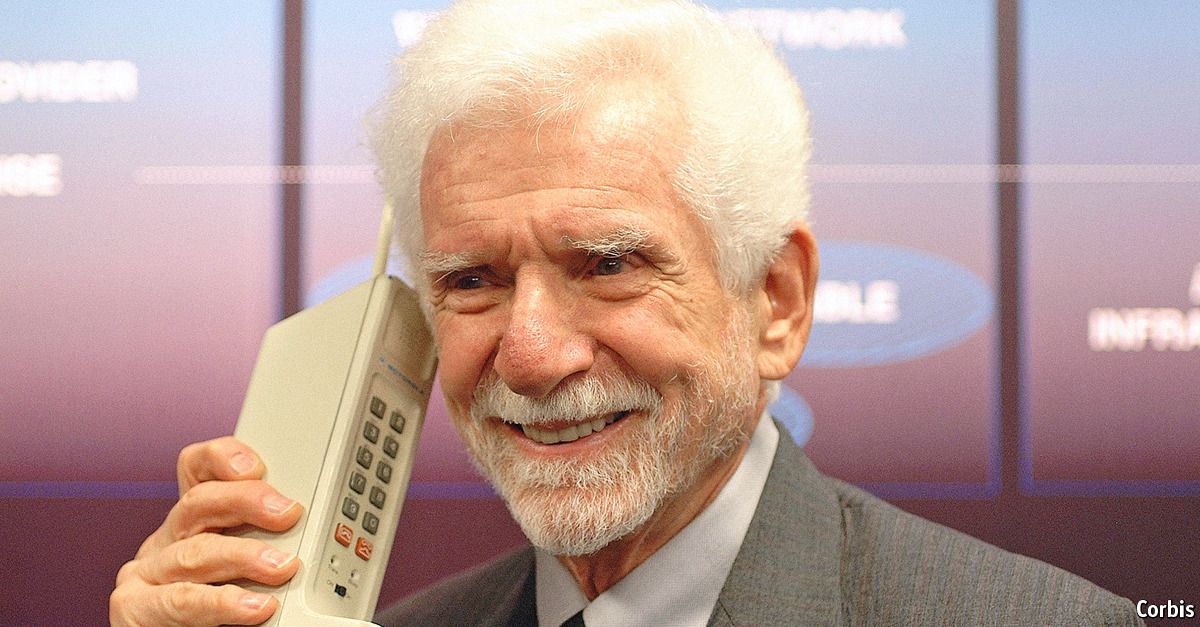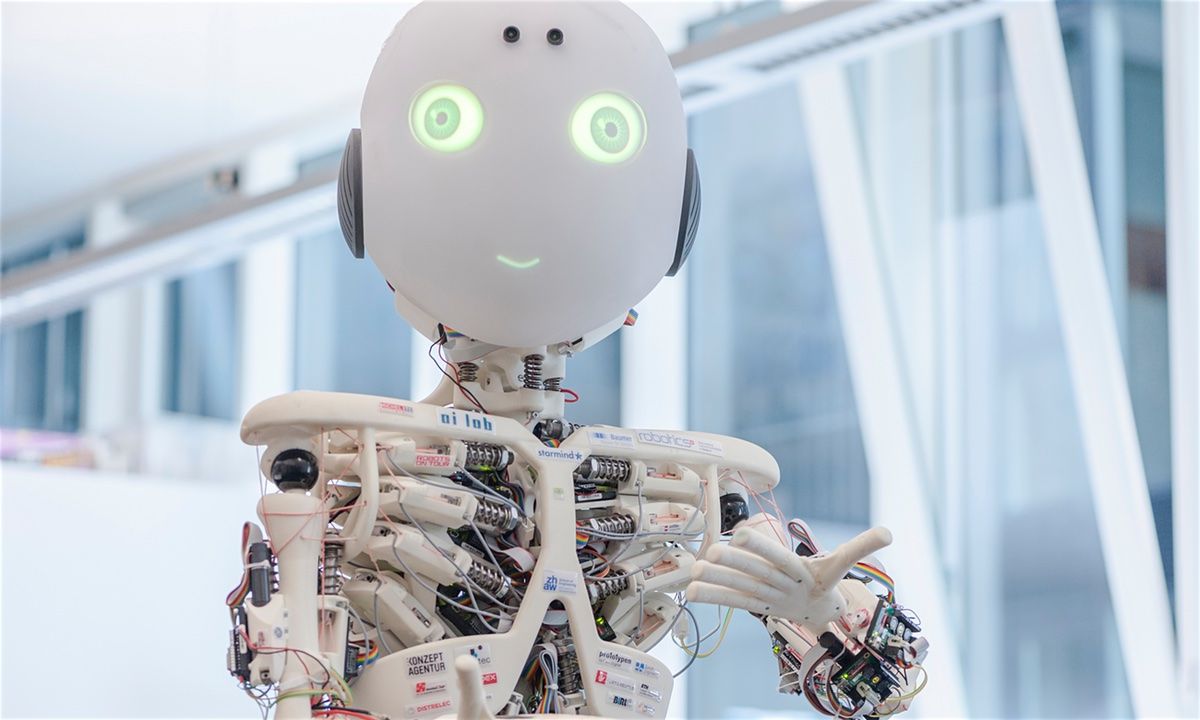I could see dry cleaners in the future being one that you drive up, drop your clothing in a bin (like a drop off box), key in your name and phone number on a kiosk, you get a ticket, a self driving van/ truck collects from the drop off box, the robotics cleaner cleans and processes your clothes. You come to the dry cleaning center, you pay, and collect your clothes.
Also, if you opt to have your clothes delivered; at time of drop off you will be required to prepay and enter in your address at the drop off point. And, a drone delivers to your address.
Ironing sucks, but it’s the kind of precise activity that usually stumps robots. But no longer, because a wonderful team of engineers has developed a robot that can smooth the creases right out of your most wrinkled pair of pants.
The team has published a paper on the arXiv server that describes a new robotic system to smooth cloth using a regular iron. Using two Xbox Kinects, the system scans the surface of whatever it needs to smooth then works out the best way to iron it. The team explains in its abstract:
We present a novel solution to analyse the cloth surface by fusing two surface scan techniques: a curvature scan and a discontinuity scan. The curvature scan can estimate the height deviation of the cloth surface, while the discontinuity scan can effectively detect sharp surface features, such as wrinkles. We use this information to detect the regions that need to be pulled and extended before ironing, and the other regions where we want to detect wrinkles and apply ironing to remove the wrinkles.
Read more










